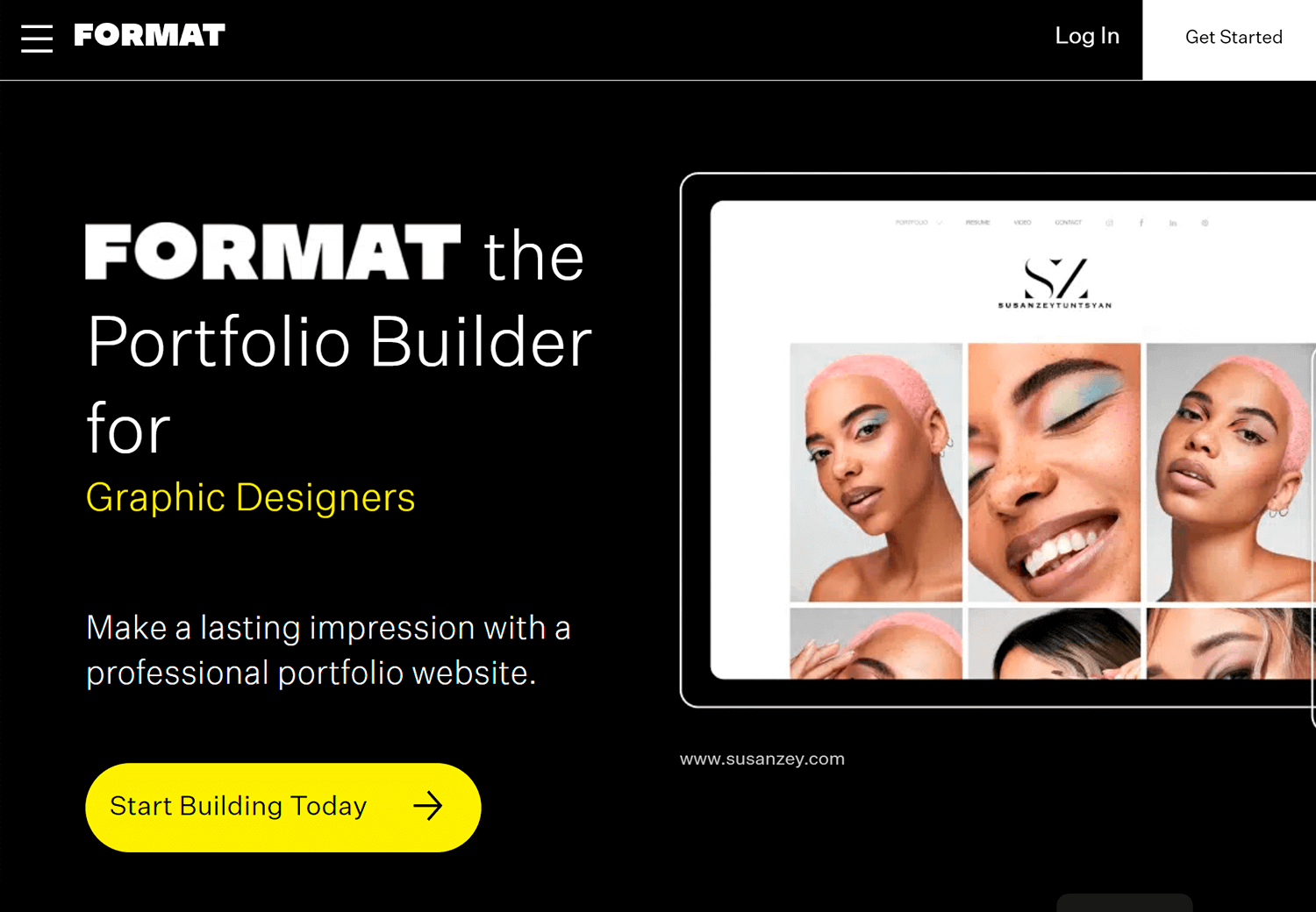A2102 Insights
Explore the latest trends and news on technology, lifestyle, and more.
Portfolio Websites That Wow: Design Tips You Can't Ignore
Transform your portfolio with stunning design tips that captivate visitors! Unleash your creativity and stand out online!
10 Essential Elements for a Stunning Portfolio Website
Creating a stunning portfolio website begins with a clear purpose. It's essential to identify what you want to showcase, whether it’s your projects, skills, or experience. An effective portfolio should not only display your work but also tell your unique story. In order to achieve this, prioritize elements such as a clean design, user-friendly navigation, and responsive layouts. Additionally, incorporating an engaging homepage will grab visitors’ attention immediately and encourage them to explore further.
Another vital component is high-quality visuals. Your portfolio should feature professional images and videos that reflect the quality of your work. It's crucial to select only your best pieces to ensure that you leave a lasting impression. To enhance visibility, you could also include an SEO-optimized blog that shares insights about your creative process and industry knowledge. Lastly, don't forget to add a clear call-to-action on your website, inviting visitors to connect or hire you for their projects.

How to Choose the Right Colors and Fonts for Your Portfolio
Choosing the right colors and fonts for your portfolio is crucial in making a lasting impression on potential clients or employers. Colors evoke emotions and can influence how your work is perceived. To start, consider using a color palette that reflects your personal brand and complements the type of work you do. Tools like Coolors can help you generate harmonious color combinations. Additionally, ensure that the colors you choose enhance readability and visual appeal. For a minimalistic approach, try sticking to two or three primary colors to maintain consistency throughout your portfolio.
When it comes to selecting fonts, clarity and style are key. Aim for fonts that are not only readable but also align with your brand identity. Google Fonts offers a variety of free fonts that can cater to different aesthetics. Consider pairing a decorative font for headings with a simpler font for body text to create a good balance. As you make your choices, remember to test the overall readability of your portfolio, as well as how the fonts and colors work together. This ensures that your portfolio not only looks good but is also easy to navigate.
What Makes a Portfolio Website Stand Out? Key Design Tips
A standout portfolio website is essential for showcasing your work effectively and attracting potential clients. To achieve this, focus on a clean and intuitive design that enhances usability. This means opting for a minimalist layout, which allows your projects to take center stage. Additionally, employ a cohesive color scheme and typography that reflects your personal brand while ensuring readability. Remember to include high-quality images of your work, as they significantly impact first impressions and engagement.
Another key design tip for a portfolio website is responsive design. With an increasing number of users accessing websites on mobile devices, your portfolio must look great on screens of all sizes. Utilize responsive design techniques such as flexible grids and media queries to ensure compatibility across devices. Furthermore, make navigation effortless by incorporating a clear menu and intuitive layout, enabling visitors to explore your work seamlessly. Remember, a well-designed portfolio not only showcases your skills but also enhances your credibility in the industry.